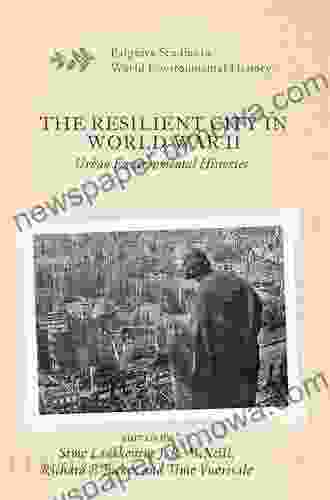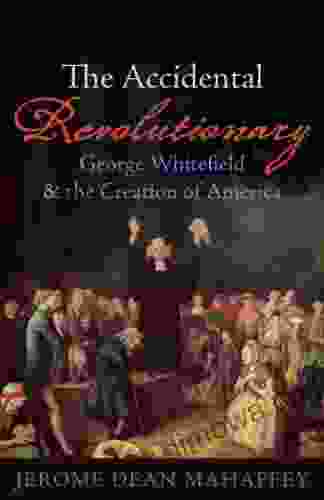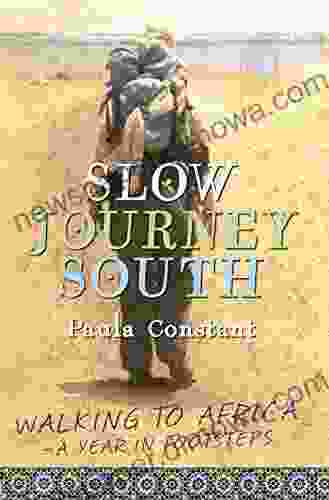Unveiling the Resilience of Cities During the Tumultuous Years of World War II

As the world commemorates the 80th anniversary of the outbreak of World War II, renowned historian and author Dr. David Miller presents a captivating exploration of the remarkable resilience demonstrated by cities across the globe during this tumultuous period. In his latest work, "The Resilient City in World War II," Dr. Miller delves into the experiences of urban centers ravaged by conflict, revealing the extraordinary ways in which they endured and ultimately rebuilt.
World War II unleashed unprecedented destruction upon cities worldwide. London, Berlin, Moscow, Warsaw, and countless others suffered relentless aerial bombardments, reducing once-vibrant urban landscapes to smoldering ruins. The human toll was equally devastating, with millions of civilians killed or displaced.
Amidst the chaos and destruction, cities exhibited remarkable resilience. Faced with unimaginable hardships, urban populations adapted to adversity in countless ways. They established makeshift shelters, rationed food and resources, and developed new means of communication and transportation. In London, for instance, the underground railway system became a lifeline for residents, providing shelter during bombings and facilitating essential travel.
4.7 out of 5
| Language | : | English |
| File size | : | 15097 KB |
| Text-to-Speech | : | Enabled |
| Enhanced typesetting | : | Enabled |
| Word Wise | : | Enabled |
| Screen Reader | : | Supported |
| Print length | : | 342 pages |
Critical infrastructure played a vital role in sustaining cities during the war. Despite sustained attacks, essential services such as water, electricity, and sanitation were often maintained through the dedication and ingenuity of municipal workers. In Berlin, for example, the city's sophisticated sewage system prevented the spread of disease and helped ensure the well-being of its remaining population.
The war also fostered a renewed sense of community within cities. Faced with shared adversity, residents banded together to support each other and maintain morale. In Moscow, citizens organized volunteer groups to assist in firefighting, medical care, and other essential tasks. In Leningrad, besieged for nearly 900 days, its inhabitants displayed unwavering resilience and solidarity, sharing food and fuel in the face of bitter cold and relentless bombing.
In the aftermath of the war, cities faced the daunting task of rebuilding. The scale of destruction required immense effort and cooperation. Governments, architects, and citizens worked tirelessly to restore infrastructure, rehouse displaced populations, and create sustainable urban environments. The post-war reconstruction period witnessed the birth of new urban planning principles and the rise of architectural movements such as modernism, which emphasized functionality and efficiency.
Dr. Miller's analysis of urban resilience during World War II offers valuable insights for our own time. In an era marked by increasing natural disasters and global conflicts, the lessons learned from the past can help us prepare and respond to future challenges more effectively. By understanding how cities endured and recovered from the devastation of war, we can develop strategies to build more resilient communities today.
"The Resilient City in World War II" provides a wealth of lessons and insights for urban planners, policymakers, and citizens alike. Some key takeaways include:
- Infrastructure is crucial: Investing in and maintaining essential infrastructure is vital for urban resilience.
- Community cohesion is essential: Strong social networks and community support systems foster resilience in times of crisis.
- Adaptability and innovation: Cities must be able to adapt to changing circumstances and find innovative solutions to challenges.
- Post-war planning is crucial: Thoughtful planning and cooperation are essential for successful post-conflict reconstruction.
- Resilience is a dynamic process: Resilience is not a static state but rather an ongoing process that requires continuous effort and adaptation.
"The Resilient City in World War II" is an indispensable resource for anyone interested in urban history, resilience, and the transformative power of human spirit. Dr. Miller's meticulously researched and engagingly written account offers a compelling exploration of the extraordinary resilience demonstrated by cities during the darkest days of human conflict. By understanding the past, we can empower ourselves to build more resilient and sustainable communities for the future.
4.7 out of 5
| Language | : | English |
| File size | : | 15097 KB |
| Text-to-Speech | : | Enabled |
| Enhanced typesetting | : | Enabled |
| Word Wise | : | Enabled |
| Screen Reader | : | Supported |
| Print length | : | 342 pages |
Do you want to contribute by writing guest posts on this blog?
Please contact us and send us a resume of previous articles that you have written.
 Book
Book Novel
Novel Page
Page Chapter
Chapter Text
Text Story
Story Genre
Genre Reader
Reader Library
Library Paperback
Paperback E-book
E-book Magazine
Magazine Newspaper
Newspaper Paragraph
Paragraph Sentence
Sentence Bookmark
Bookmark Shelf
Shelf Glossary
Glossary Bibliography
Bibliography Foreword
Foreword Preface
Preface Synopsis
Synopsis Annotation
Annotation Footnote
Footnote Manuscript
Manuscript Scroll
Scroll Codex
Codex Tome
Tome Bestseller
Bestseller Classics
Classics Library card
Library card Narrative
Narrative Biography
Biography Autobiography
Autobiography Memoir
Memoir Reference
Reference Encyclopedia
Encyclopedia Jeffrey Sussman
Jeffrey Sussman Alison Umminger
Alison Umminger Robert Snedden
Robert Snedden Nova Mcbee
Nova Mcbee Patrick Di Justo
Patrick Di Justo Leah Mazzola
Leah Mazzola John Eastman
John Eastman Jean Pierre Perrin
Jean Pierre Perrin Nikki Lockwood
Nikki Lockwood Jewel Allen
Jewel Allen Pankaj Sharma
Pankaj Sharma Jean Valentine
Jean Valentine Robert Marsden
Robert Marsden Jen Barton
Jen Barton Jessica Spiegel
Jessica Spiegel Jason Wilson
Jason Wilson Jean Kilbourne
Jean Kilbourne Jennifer Rogers
Jennifer Rogers Jason D Martin
Jason D Martin Konstantin Tsakalidis
Konstantin Tsakalidis
Light bulbAdvertise smarter! Our strategic ad space ensures maximum exposure. Reserve your spot today!

 Salman RushdieIshant Sharma: The Indian Cricketer Who Captured Hearts on and Off the Field
Salman RushdieIshant Sharma: The Indian Cricketer Who Captured Hearts on and Off the Field Albert CamusFollow ·2.4k
Albert CamusFollow ·2.4k Evan HayesFollow ·7.4k
Evan HayesFollow ·7.4k Raymond ParkerFollow ·6.1k
Raymond ParkerFollow ·6.1k Elias MitchellFollow ·19.8k
Elias MitchellFollow ·19.8k Brett SimmonsFollow ·7.5k
Brett SimmonsFollow ·7.5k Anthony BurgessFollow ·4.7k
Anthony BurgessFollow ·4.7k Mason PowellFollow ·19.4k
Mason PowellFollow ·19.4k Ibrahim BlairFollow ·4k
Ibrahim BlairFollow ·4k

 Terry Bell
Terry BellHow Product Managers Can Sell More of Their Product
Product managers are responsible for the...

 Jeffery Bell
Jeffery BellUnveiling the Secrets to Food Truck Success: Tips for...
: Embarking on Your Culinary Adventure ...

 Craig Carter
Craig CarterHow To Create Successful Products That Customers Will...
In today's...

 W. Somerset Maugham
W. Somerset MaughamGetting the World to Tour Again After the Pandemic: How...
The global pandemic has brought the...

 John Steinbeck
John SteinbeckManaging Your Product Manager Career: The Ultimate Guide
Product management...

 Edmund Hayes
Edmund HayesUnveiling the Secrets: Techniques for Product Managers to...
In the competitive...
4.7 out of 5
| Language | : | English |
| File size | : | 15097 KB |
| Text-to-Speech | : | Enabled |
| Enhanced typesetting | : | Enabled |
| Word Wise | : | Enabled |
| Screen Reader | : | Supported |
| Print length | : | 342 pages |










